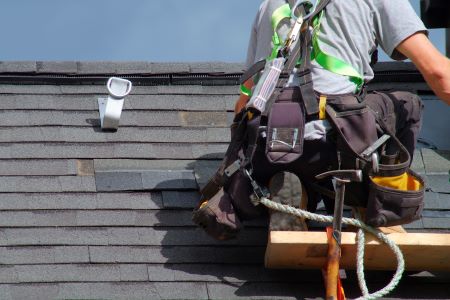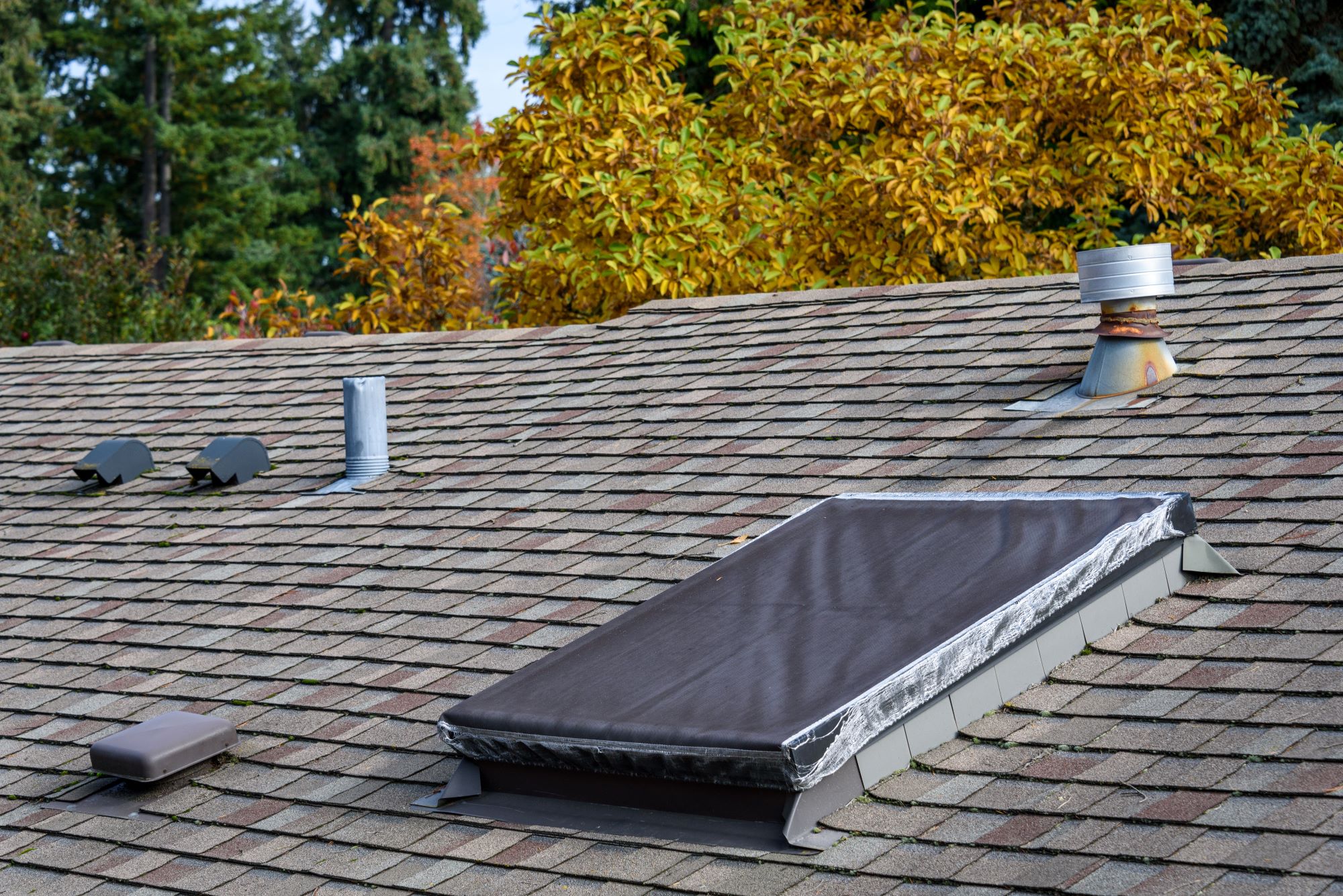The lifespan of a new roof is a critical consideration for both homeowners and business owners when planning for roofing installation, maintenance, or replacement. The durability and longevity of a roof depend on a variety of factors, including material choice, installation quality, environmental conditions, and regular maintenance. Understanding these aspects can help in making informed decisions when working with commercial roofing contractors, residential roofing contractors, or local roofers on your project. This comprehensive discussion will delve into what influences the lifespan of a new roof and how to maximize it.
Understanding Roof Lifespan Fundamentals
Material Matters
One of the most significant factors affecting the lifespan of a roof is the material used. Different materials have varying durability, cost, and maintenance needs:
- Asphalt Shingles: The most common choice for residential roofing, asphalt shingles have a lifespan of about 20 to 30 years. They are favored for their cost-effectiveness and ease of installation.
- Metal Roofing: Metal roofs can last 40 to 70 years, depending on the material (e.g., aluminum, steel, copper). They are durable, fire-resistant, and energy-efficient, making them popular for both residential and commercial applications.
- Tile Roofs: Clay and concrete tile roofs offer a lifespan of 50 to 100 years. They are highly durable, resistant to pests, and can withstand harsh weather conditions, but they are also more expensive and require stronger structural support due to their weight.
- Slate Roofs: Slate roofing is one of the most durable materials, with a lifespan of 75 to 200 years. It’s the premium choice for longevity and aesthetics but comes at a higher cost and requires specialized installation.
Quality of Installation
The expertise and experience of the roofing contractor play a crucial role in the lifespan of a roof. Professional commercial roofing contractors and residential roofing contractors ensure that the roof is installed correctly, adhering to industry standards and manufacturer specifications. Poor installation can lead to issues such as leaks, increased wear, and premature failure of the roof.
Environmental Factors
Environmental conditions such as climate, weather patterns, and exposure to the sun can significantly impact roof longevity. Roofs in areas with harsh weather conditions, like heavy snowfall, hurricanes, or extreme temperatures, may experience accelerated wear and tear. Local roofers with experience in your area can offer valuable advice on the best materials and protective measures for your specific environmental conditions.
Maximizing Your Roof’s Lifespan
Choosing the Right Contractors
Selecting the right commercial or residential roofing contractor is paramount. Look for reputable local roofers with a solid track record, necessary licenses, and insurance. They should provide a comprehensive warranty covering both materials and labor. Experienced contractors will not only deliver quality installation but also offer guidance on the most suitable materials for your needs and local conditions.
Regular Maintenance and Inspections
Routine maintenance and inspections are vital to extending the lifespan of your roof. This includes clearing debris, ensuring proper drainage, repairing minor damages before they escalate, and checking for signs of wear or aging. Many roofing contractors offer maintenance services, which can be a valuable investment in preserving your roof’s condition.
Immediate Repairs
Addressing repairs immediately can prevent minor issues from developing into significant problems. Whether it’s a small leak, missing shingles, or damage from a storm, prompt action can save you from costly repairs or even a premature roof replacement. Establishing a good relationship with a local roofing contractor can ensure timely and efficient repair work.

Proper Ventilation and Insulation
Adequate roof ventilation and insulation are crucial for preventing heat and moisture buildup in the attic, which can cause rot, mold, and deterioration of roofing materials. During installation or replacement, ensure that your roofing contractor assesses and, if necessary, improves your roof’s ventilation and insulation.
Understanding Warranty and Insurance
Familiarize yourself with the warranty provided by your roofing contractors and the manufacturers of the roofing materials. Knowing what is covered and for how long can help in managing future repairs or replacements. Additionally, ensure your home insurance policy covers roof damage, understanding any exclusions or conditions that apply.
Conclusion
The lifespan of a new roof is influenced by a combination of factors, including the choice of materials, quality of installation, environmental conditions, and the level of maintenance and care it receives. By selecting the appropriate materials for your climate and needs, working with reputable commercial roofing contractors, residential roofing contractors, or local roofers, and committing to regular maintenance and prompt repairs, you can maximize the lifespan of your roof. This not only ensures the safety and security of your property but also offers long-term savings by delaying the need for a costly replacement. Investing in a quality roof installed by experienced professionals and maintaining it properly is an investment in the future of your home or commercial building.
- Roof Repair Battle Ground WA
- Roof Repair Camas WA
- Roof Repair Ridgefield WA
- Roof Repair Vancouver WA
- Roof Repair Washougal WA
- Roofing Company Camas WA
- Roofing Company Vancouver WA
- Roofing Contractor Battle Ground WA
- Roofing Contractor Camas WA
- Roofing Contractor Ridgefield WA
- Roofing Contractor Washougal WA
- Siding Contractor Vancouver WA
- Siding Replacement Vancouver WA
- Window Replacement Camas WA
- Window Replacement Vancouver WA

